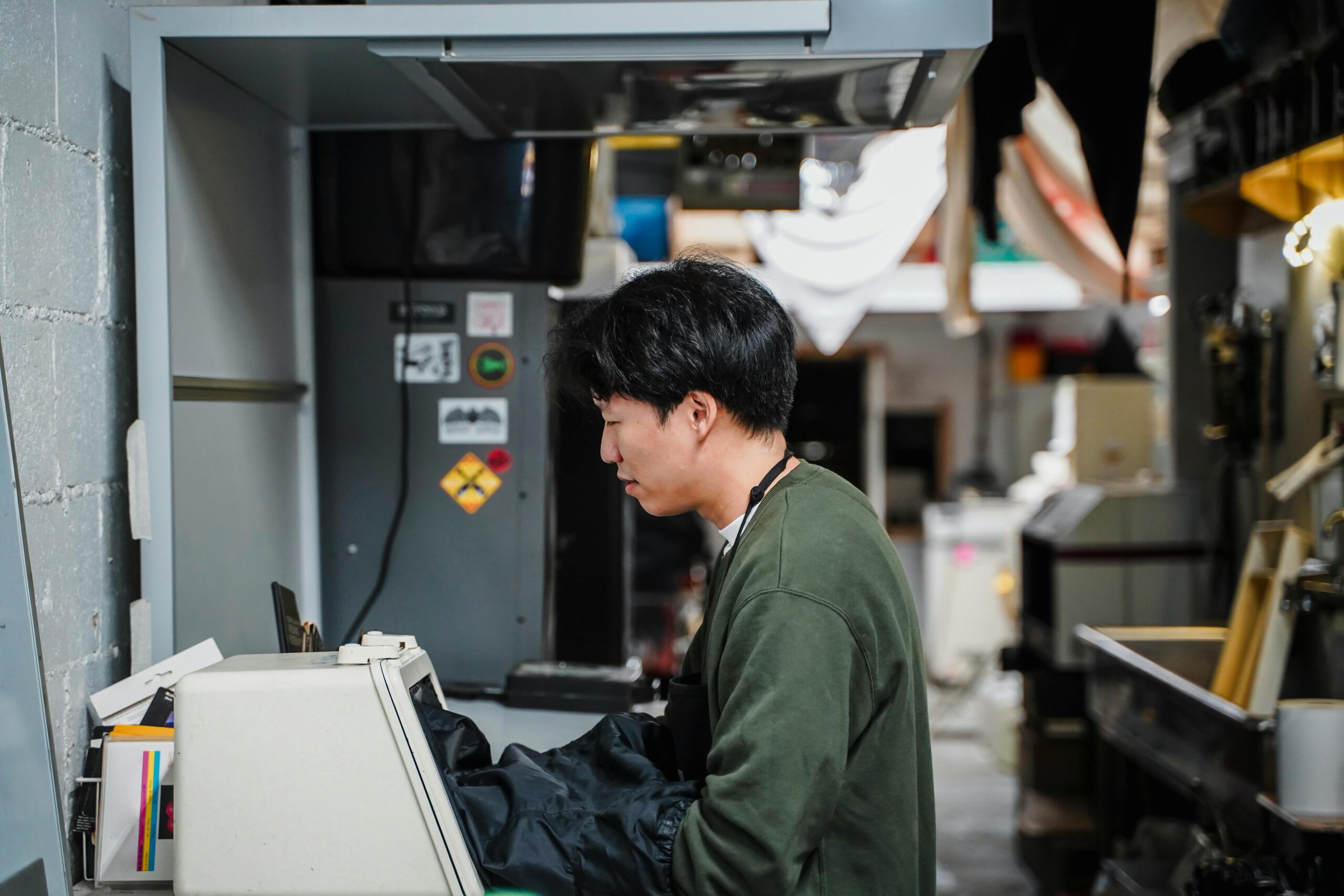Safety in the workplace isn’t just a box to check. It’s a vital priority that shapes every successful organization. When companies create and maintain secure work environments, they’re not only protecting their most valuable asset, their people, but they’re also fostering increased productivity while reducing costly incidents.
Here are three ways to boost workplace safety.
1. Implementing Regular Safety Training Programs
Safety training forms a foundation of an effective workplace safety program, creating a culture where protection and well-being remain top priorities. Regular training sessions engage employees through comprehensive coverage of both universal safety principles and specific job-related hazards. These educational opportunities help maintain fresh, relevant safety knowledge that team members can apply in their daily work activities. The dynamic nature of these training sessions combines practical, hands-on demonstrations with group discussions, allowing participants to explore safety concepts in meaningful ways. Team members actively participate in scenarios and simulations, which transforms abstract safety protocols into concrete, actionable practices they can implement immediately.
The effectiveness of training lies in the combination of practical exercises, real-world scenarios, and regular refresher courses that keep safety awareness sharp. From emergency response procedures to equipment handling protocols, each training component builds toward a comprehensive understanding of workplace safety. Organizations benefit from documenting these activities, as written records help track employee engagement and identify areas for improvement. The systematic nature of ongoing training ensures that safety knowledge remains current and applicable to daily operations.
2. Establishing Clear Safety Protocols and Documentation
Safety protocols serve as clear roadmaps for workplace activities, guiding team members through their daily tasks with precision and care. These guidelines detail exactly how to handle various tasks, from operating equipment to following maintenance schedules and emergency response plans. When written procedures remain crystal clear and easily accessible, they become invaluable tools for maintaining consistency across different teams and shifts. The clarity of these protocols supports smooth operations while minimizing the risk of misunderstandings or oversights.
Standard operating procedures evolve with your workplace, adapting to new circumstances and requirements as they arise. Through regular reviews and updates, these protocols can address any gaps spotted during daily operations while incorporating new safety measures as needed. Well-organized documentation becomes a trusted resource that everyone can rely on, providing quick answers to common questions and clear guidance for unusual situations. The living nature of these documents ensures they remain relevant and useful over time.
3. Investing in Proper Safety Equipment and Maintenance
Quality safety equipment acts as one of the first lines of defense against workplace hazards, providing essential protection for all team members. From essential personal protective equipment to sophisticated safety barriers and warning systems, every piece plays a crucial role in maintaining workplace safety. In industrial settings where air quality matters and fires can happen, facilities may use a wet dust collector to prevent fires and explosions. The integration of these safety measures creates a robust defense system that safeguards workers, protects valuable equipment, and maintains operational continuity while ensuring compliance with workplace safety standards.
The selection of safety equipment needs to align seamlessly with workplace requirements and potential hazards in any given environment. This careful matching process encompasses various essential elements across different work settings. Manufacturing areas benefit from specialized ventilation systems that filter out airborne particles and maintain optimal air quality. Workers performing tasks at heights rely on comprehensive fall protection systems, including harnesses, anchor points, and safety nets that create multiple layers of protection.
Proper illumination through upgraded lighting systems transforms dim workspaces into well-lit areas where tasks can be performed with clarity and precision. The maintenance of this safety equipment follows a detailed and organized schedule throughout the year. Regular inspections and thorough checks reveal early warning signs of wear and tear, allowing for timely interventions before minor issues escalate into significant problems. This forward-thinking approach to equipment care ensures that every safety system remains in peak condition and functions reliably during critical moments. The continuous monitoring and upkeep of safety equipment create a robust foundation for workplace protection, keeping all safety measures ready for immediate deployment when circumstances demand their use.
Conclusion
The journey toward a safer workplace requires continuous dedication and effort from every organizational level. The evolution of workplace safety continues as new challenges and opportunities emerge.




























